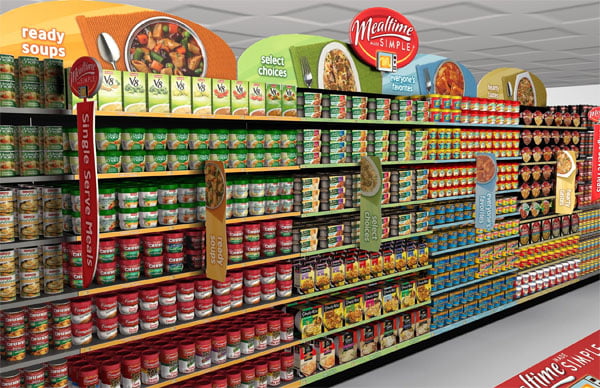Published May 7, 2019
By: Keith Goldsmith, SVP Food & Beverage, MonarchFx
Matt Sinn, VP Food & Beverage, MonarchFx
Grocery has been a laggard for Direct to Consumer (D2C) but that is rapidly changing and is now considered among the fastest growth category for digital adoption. Indeed, food and beverage forecasts for online sales are expected to increase 700 percent in seven years resulting in 20 percent of the $800B U.S. grocery market.
There are several key trends that are accelerating online grocery, all having a basis in consumer shifts for increased convenience and selection. This combined with digital marketplaces and new fulfillment systems enabling the buyer to get what they want, where they want it, and without a price premium. Furthermore, Millennials and Gen Z’s are much more health conscious, digitally adept, and less brand loyal. As a result, the largest CPG’s total share has decreased from 33 percent to 31 percent in the last several years. That share directly transferred to over 15,000 new entrants whose share has increased from 17 percent to 19 percent. The impact on major CPG’s that control about 1/3 of total U.S. food sales is seismic.
CPG’s realize the need to create direct consumer engagement or risk a long-term brand dilution. A recent survey from Profitero/Kantar consulting reflects brands are pursuing eCommerce vigorously. eCommerce brand headcount grew 83 percent in 2018 and 76 percent of brands increase their eCom spends by over 10 percent. The recipe for supply chain and brand leaders in the world of food CPG’s includes four key ingredients:
Identify Who: Traditional CPG supply chains are largely pallet-based retail replenishment networks with little visibility of who the final consumer is. CPG’s must shift from syndicated data’s summary statistics to rich data on individuals and customer analytics to ultimately drive traffic to their marketplace of choice.
Identify What: Not all products are suited for eCommerce. Products that are differentiated vs grocery/mass (in assortment, design, availability, customization) and that enable building orders in the $40+ range create less channel conflict and bear eFulfillment costs better than low-cost, low-margin, commodity items. For some great examples, check out customized oreo.com gift boxes, New Tide eco-box for e-commerce, K-cup coffee varieties in large pack sizes, and specialty prepared meals (Kettlebell, Good Kitchen).
Get Started Now: Online shopping will transform food over the coming years. Start small with D2C sales. It is important for supply chain leaders and brand owners to work collaboratively designing agile program-based initiatives with new ways of modeling sales, profitability, logistics, and long-term brand equity.
Be flexible: Consumer dynamics in the world of D2C are changing fast. As supply chain leaders, we all know it’s very difficult to build a fulfillment network with such volatility. The obvious choice is to leverage a shared ecosystem that allows rapid scaling up and down, region by region, and category by category. Equally important, ensure your ecosystem is technologically robust to measure and dynamically adjust inventory and replenishment cycles based on changing demand. Resist long term commitments at all costs and choose nimble partners.
In 2019 lines between retailers and CPGs will start to blur as CPGs start to go direct with a set of differentiated (assortment, design, availability) products. We expect new, large eMarketplaces will continue to develop for food and CPGs will launch eCommerce-tailored food items. Leaders will make these sales incremental and profitable through choices on product differentiation, free shipping thresholds, online pricing, fulfillment center automation, and using distributed logistics for fast delivery with attractive costs.
More Resources



